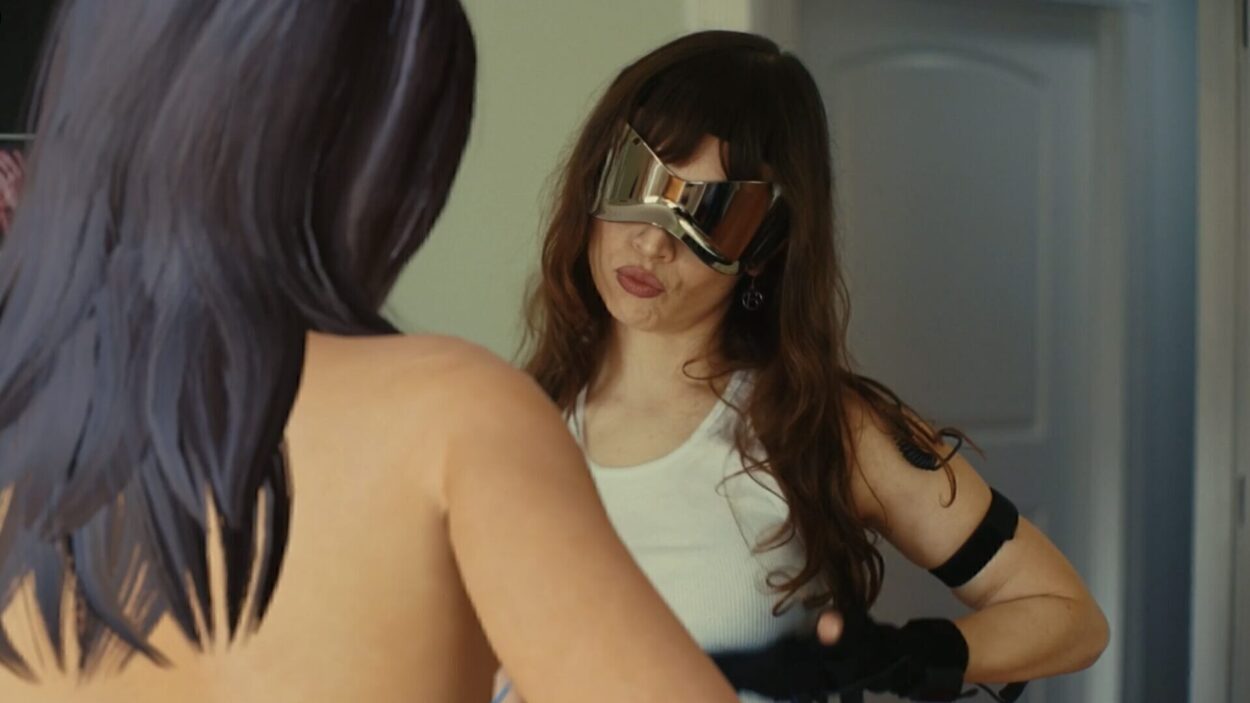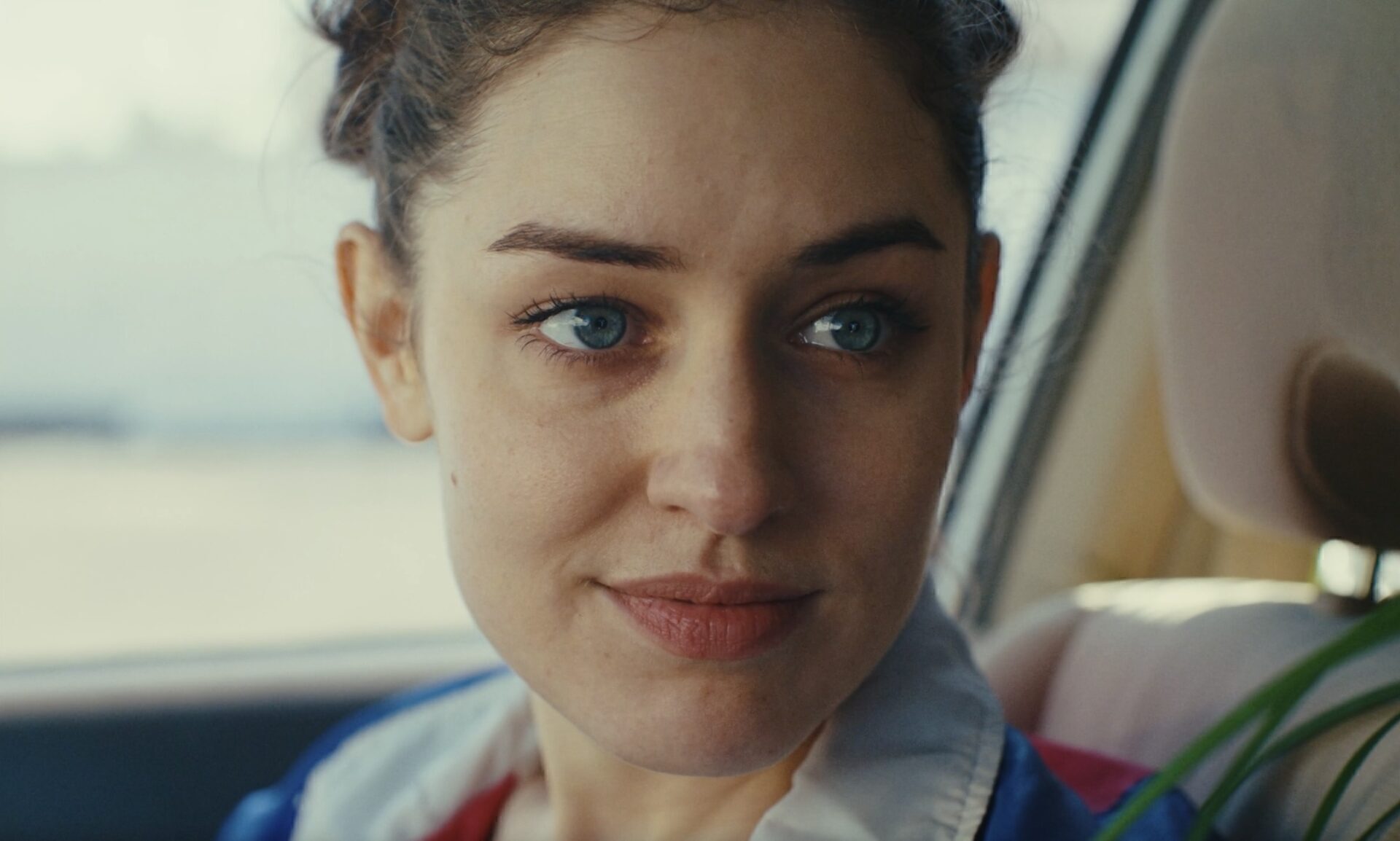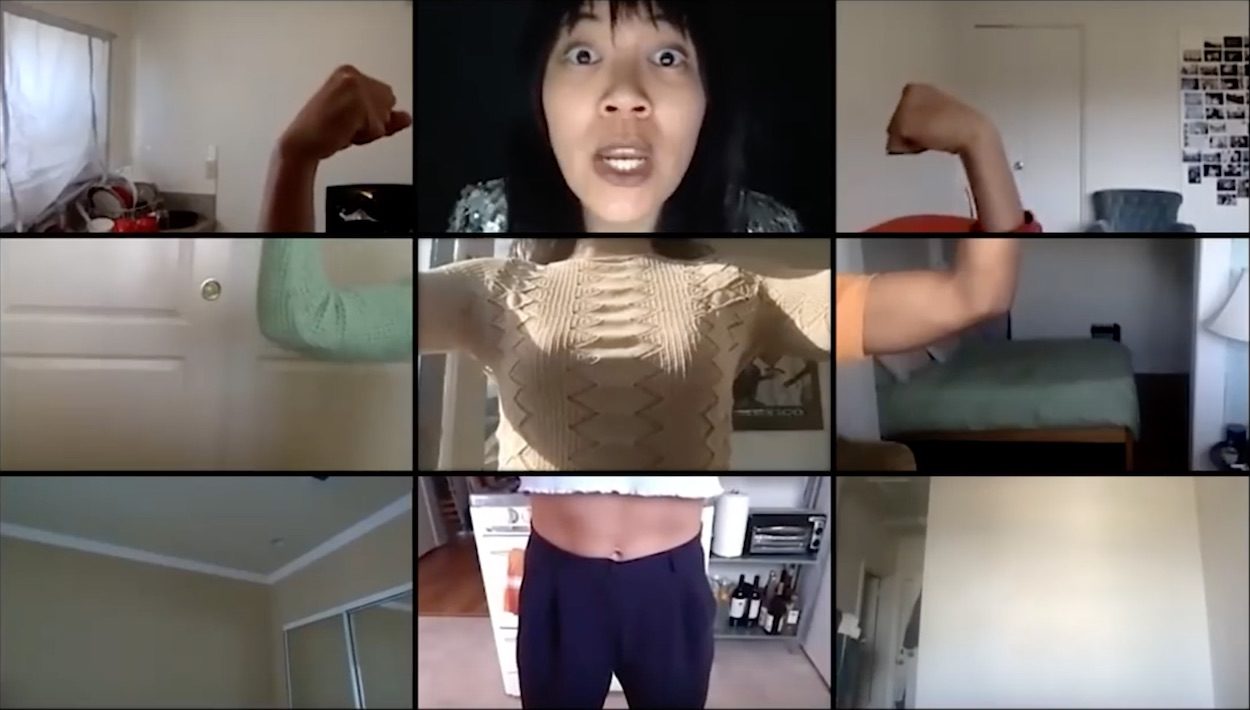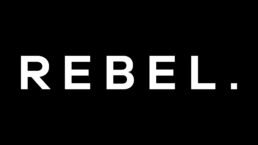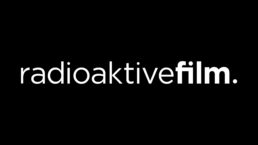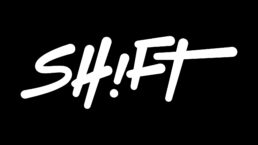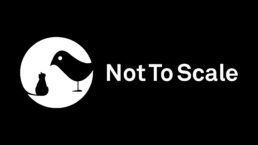Erin on shoot of Pixel
Your imagination knows no bounds probing into places no one else would dream of going – please give us some insight into what triggered the idea for Pixel.
The idea for Pixel centered around the question… What if videogame addiction gave you an STD? I actually got the idea when I was brainstorming for this music video. The idea didn’t end up making it into the music video, but I saved it for later. Pixel is actually part of a series of mini films that I’m calling the Human Design Series. We filmed three films in one day. The common thread among all the films is that they’re short and sweet (less than 3 minutes), and they follow misunderstandings in Los Angeles – attempts at connection that don’t really work out. Ultimately, all of the films in the series are excuses for me to experiment, play, and work with some of my favorite actors. In the case of Pixel that’s Nate Varrone and Bambina.
As a former ballerina, to what extent is your choreography and movement direction a response to – or a reaction against – the infamously intense and regimented world of ballet?
I don’t think I’m rebelling against the intensity of ballet. I’m a very passionate person, and I would feel lost without an outlet for my intensity. The reality is, there is a very narrow idea of what is considered beautiful and interesting in the ballet world. At least that was my experience. Most of my time as a ballet dancer was spent trying to be as beautiful, ethereal, and technically perfect as possible. If my work is rebelling against anything, it’s rebelling against that narrow view that art needs to be beautiful at all. My palette has shades of ugliness, awkwardness, and sluttiness along with the grace. I’m seeking something that feels playful, honest, and human.
From Hydra
With your 2018 short film Hydra, you made the move into directing; did it feel like a natural transition from choreography? What were the biggest /most unexpected challenges for you in making that pivot?
The transition felt totally natural and inevitable. Almost all of my choreographies have been created for film, so I always thought of myself as a filmmaker even through dances I’ve created. I think the job of a choreographer and director are essentially the same. With both jobs it’s about having confidence in an idea and communicating the idea with your collaborators. You’re creating and leading an environment for other people to bloom and bring their best. The biggest challenge I’ve had transitioning between the two, has nothing to do with the work itself. It’s taken time for other people to see me the way that I see myself.
Although you’re known for your use of movement, experimental sound design and composition also play a pivotal role in your work – creating the claustrophobic, off-kilter eeriness in Hydra, for example, and mirroring the building argument in I Don’t Need to Know. Can you tell us a bit about how sound fits into your creative process?
I think sound works on such a primal and subconscious level, and it’s really hard for me to put words to what I’m trying to do with sound and music in my films. I can say, music lends a feeling of inevitability to whatever emotion it’s embodying and that can serve a purpose in a film. When I made I Don’t Need to Know, I didn’t know I wanted a score until I was editing. I wanted a score that would create harmony out of the disharmony between the characters.
Bambina, Any Way You Want It
Dysfunctional relationships are a recurring theme in your work, played out in various different ways – from a couple navigating the realities of VR sex (Bambina Any Way You Want It) to a woman finding her soulmate in a bottle of moisturiser (CeraVe The One Under The Sun) – what interests you about this topic?
I’m drawn to portraying dysfunctional relationships, because I’m interested in human beings. I think a story about flawless people handling life flawlessly would be boring… and let’s be honest, the people who seem the most perfect from the outside are probably the most fucked up behind closed doors.
It’s rare to see the funny side of dance being portrayed on film, particularly in music videos, which is why the Bambina promo really tickled us. What was the brief from the artist and did you instantly know you wanted to go down the physical comedy route?
Bambina initially wanted a more traditional/performance-based video, but once I heard the song, I couldn’t get the VR sex idea out of my mind. I really latched onto the “Do you want a future or another fantasy?” lyric. This is such a relatable question on multiple levels.
Physical comedy naturally blossomed from the question of how one would even have VR sex and the discrepancy between what was happening virtually and what was happening IRL. I think there’s always a level of dissonance between reality and fantasy when it comes to sex, even the most boring vanilla lRL sex, and this concept was a very silly way to explore that.
There was also the added challenge of avoiding censorship on YouTube. I tried to make the sex choreography so stupid and absurd that it wouldn’t turn anyone on too much.
Erin in I Don’t Need To Know
Recently, you wrote, directed and starred in an award-winning short I Don’t Need to Know – what was it like wearing so many different hats?
It was fun! I learned a lot from making that film in the way that we did. Acting in general feels like a trust fall, and I’m excited to do more of it.
We loved the way the ostensibly simple narrative was elevated through filmcraft – from the set design to the performances and choice of camera angles. What inspired the idea for the film?
I’ve been thinking a lot about how people will consciously and unconsciously avoid the truth in order to preserve their sense of self and protect a version of reality they’re comfortable with. I’m writing a long form script now that goes much deeper into this, but I Don’t Need To Know was me dipping my toe into this theme and exploring all the conflict and comedy that can arise from it.
What’s in the pipeline for you at the moment?
I’m a little superstitious, so I don’t like talking too much about works in progress! However, I will say I’ll be releasing the next films in the Human Design Series over the coming weeks. I also have a music video and a couple commercial spots on the way.
Standby for – Motherhood and Doug Needs Help – which we’ll be showing on 1.4 as soon as they’re released.
INTERVIEW BY SELENA SCHLEH

